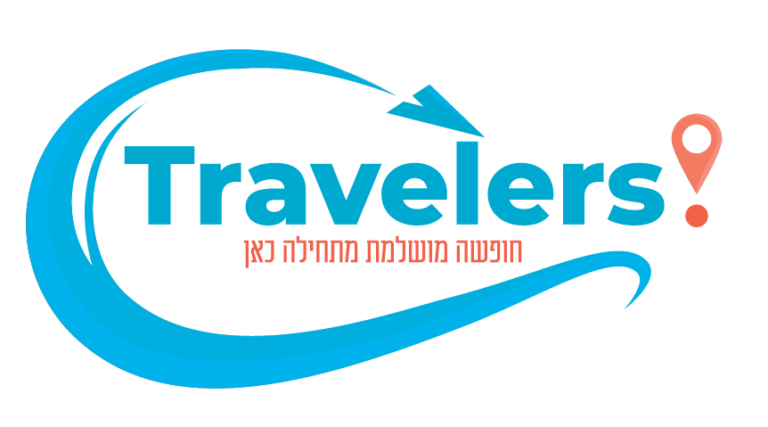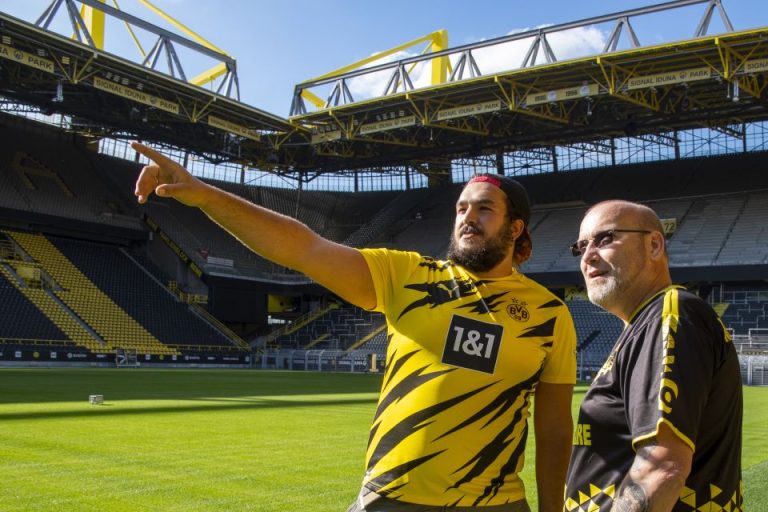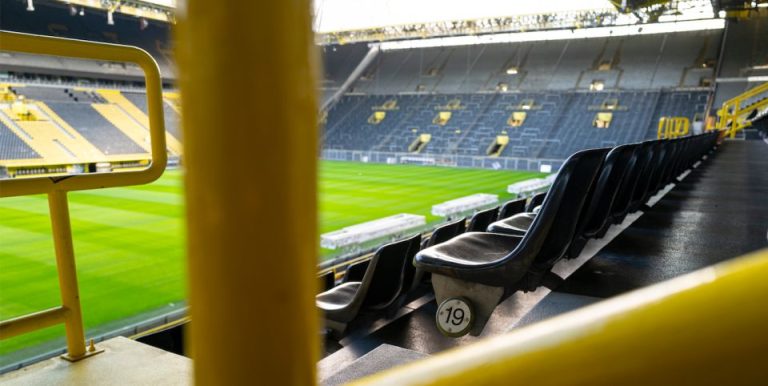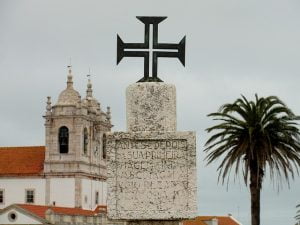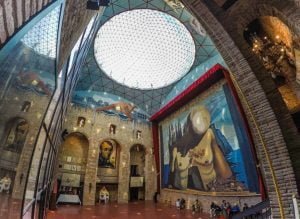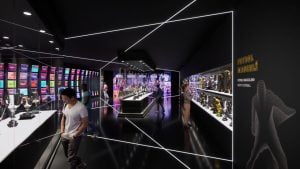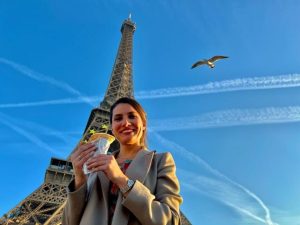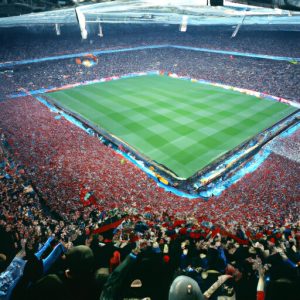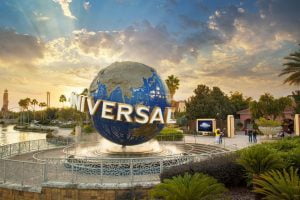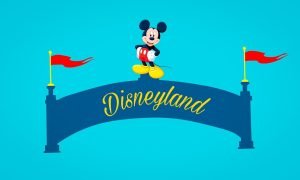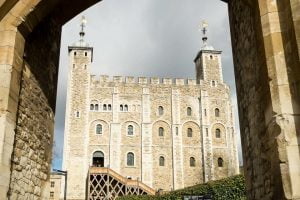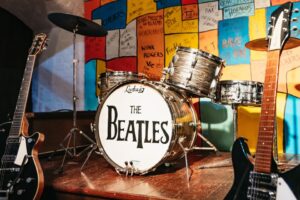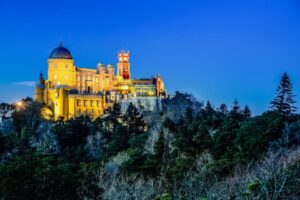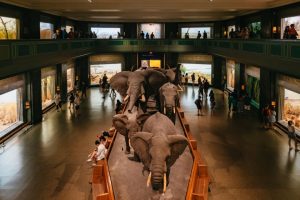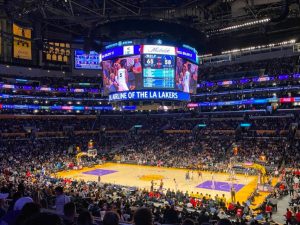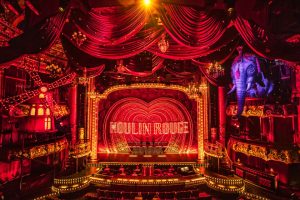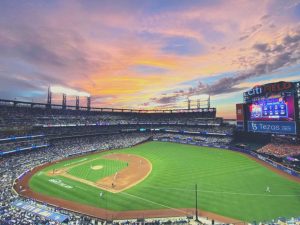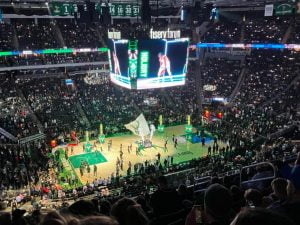Tour of Dortmund's football stadium (Signal Iduna Park Stadium)
The opera house of German football
The city of Dortmund offers its visitors a pastoral and pleasant experience with green natural sites, a bustling old city and a variety of unique monuments. Alongside the attractions and sites visited by the city's tourists, Dortmund offers a wonderful journey into the world of football, from the German Football Museum located in the city to the football stadium of the beloved Borussia Dortmund team.
When it comes to iconic football stadiums, it's easy to think of Barcelona's Camp Nou or Manchester City's Etihad Stadium, but Borussia Dortmund's Signal Iduna Stadium offers an equally fascinating and spectacular tour experience, and in fact it stars at the top of many lists ranking quality football stadiums around the world.
So let's find out about a tour of the stadium of the Borussia Dortmund team, one of the most successful football clubs in Germany - the fascinating history, the captivating architecture and the electrifying atmosphere.
Independent tour of the stadium of Borussia Dortmund
The Borrowseum - entrance ticket to the group museum
The Mecca of European football:
The Signal Iduna Park stadium is considered the largest football stadium in Germany, and it can host over 81,000 enthusiastic spectators at the home games of the Borussia Dortmund team. The architecture of the stadium reflects the essence of European football, which is designed to keep the spectators as close as possible to the pitch, thus creating an intimate and intense atmosphere, as proximity leads to a sense of unity and creates a tremendous advantage for Borussia Dortmund in their home games.
The stadium, also known by its former name Westfalenstadion, boasts a rich and interesting history that dates back to the early 70s.
Until the end of the 60s, the Borussia Dortmund football club trained and played in the Ott Arda stadium, a small and outdated stadium that failed to provide the club with the facilities it needed. The Dortmund city council decided to build a new multi-purpose stadium, with the incentive for the construction being the 1974 World Cup, held in Germany.
The construction of the modern stadium took about 3 years, and was completed in 1974. The previous name of the stadium, Westfalenstadion, was derived from the name Westfalen, the area where the city of Dortmund is located.
The state-of-the-art stadium hosted four matches during the 74 World Cup tournament. Over the years, the stadium underwent several renovations, especially before important events that took place there such as the European Football Championship in 1996.
One of the iconic symbols of the stadium is the "yellow wall" stand, called Sudtribüne in German. The grandstand is considered the largest grandstand in Europe, and has a capacity of 25,000 spectators. The stand is famous, among other things, for its size, but mainly for the electrifying atmosphere of the fans in the stand during the team's home games. The sight of thousands of fans cheering together passionately, waving flags and creating impressive displays in yellow and black colors is nothing short of breathtaking.
The stadium received its new name in 2005, following a deal with the German insurance company Zingal Iduna.
The soccer team Borussia Dortmund (Borussia Dortmund):
Borussia Dortmund, or in its official German name "Ballspielverein Borussia 09 eV Dortmund", is one of the most successful football clubs in Germany and the most famous in the world.
The club, founded in 1909, boasts a rich history full of victories and challenges. In its early years, the club was small and lacked a budget, and it won mainly in regional competitions. The success of the beloved team came after World War II, more precisely the year 1956, when it won its first national championship. Success rubbed off on the team, which won the German championship again in 1957. The club continued to be successful in the 60s, when they won the German Football Cup in 1965, and their first European Cup, in 1966.
At the end of the 20th century, Dortmund was considered a great force in German football. The team won two consecutive titles as state champion in the Bundesliga, the top soccer league in the country. In 1997, the team won the UEFA Champions League, the most prestigious club competition in Europe.
Unfortunately for every fairy tale there are also difficulties, and in the early 2000s the club experienced financial difficulties due to mismanagement and ambitious investments in players. The club reached the brink of bankruptcy in 2005, but support from sponsors and restructuring plans saved the club and it was able to navigate to a safe shore.
In recent years, the club has consistently been among the leading teams in the Bundesliga, and it also won in the 2010-2011 and 2011-2012 seasons. The club has also been designated as a finalist to win the UEFA Champions League in some of the past years.
Over the years, Dortmund boasted legendary players such as Marco Reus, Mats Hummels and Robert Lewandowski, who conquered the Signal Iduna Park stadium in the team's home games.
It is impossible to talk about the beloved team without mentioning its crowd of fans, who frequent the "Yellow Wall" stands along with the other stands of the stadium en masse.
A tour of the Signal Iduna Park stadium:
The visit to Dortmund's stadium is an unforgettable experience that will take you to the heart of things and behind the scenes of the legendary Dortmund team.
During the tour you will visit the reserved spaces and areas of the stadium, including:
The players' tunnel: The tunnel where the players go from the dressing room to the field.
Changing rooms: Enter the stadium's holy of holies, where the players prepare before the game and regroup during halftime. The locker rooms are full of jerseys and sports equipment that provide an inside look at the players' preparations for important games.
The press room: The place where interviews and press conferences take place after the game.
"The Yellow Wall": You probably won't be able to get directly to the grandstand during the tour, but you will undoubtedly get a view of the famous grandstand, which is considered the most enthusiastic and largest grandstand in Europe.
important information:
The tour is an independent tour, where you will explore the different spaces of the stadium on your own. The duration of the independent tour is about an hour.
During the tour you will receive a personal audio guide in the English language that will guide you through the various visiting areas of the stadium.
It is recommended not to arrive on game days, as access to some areas of the stadium may be limited, and the stadium may be very crowded.
Independent tour of Dortmund's stadium
The Borusseum - the Dortmund team's museum of fame:
No tour of Borussia Dortmund's stadium would be complete without a visit to the Borsoum, the club's official museum. The Borrowseum Museum will take you to discover the rich history of the club in spectacular and interesting displays.
The museum, which is located on the outside of the stadium and requires a separate ticket, offers its visitors a variety of exhibitions that include huge collections of memorabilia and objects related to the history and character of the Borussia Dortmund team. Among the objects displayed in the museum you can find impressive trophies, original shirts of players, signed balls and exciting documents.
The museum takes its visitors on a chronological journey through its history, from its humble beginnings somewhere in 1909, to the present day, when the club is considered one of the leaders in European football.
From its humble beginnings in 1909 to its current status as a leading club in European football.
Among the fascinating exhibits in the museum you will find the Bundesliga exhibit, dedicated to the 8 times the team won as Bundesliga champion, the top German league. Don't miss the displays on the most prominent players and managers in the club's history, such as Jurgen Klopp, Robert Lewandowski, Marco Reus and many others.
The Borrowseum Museum is far from being a boring museum with ordinary static displays. In fact, the museum offers an interactive experience with multimedia displays where visitors can watch historic games and key moments in the club's history. In addition, the museum offers a variety of activities such as knowledge quizzes about the world of German football or kicking games that will test your talent in the field.
The Borrowseum - entrance ticket to the group museum
Where is the stadium located and how to get there?
The Borussia Dortmund stadium is located in the south of the city of Dortmund, a short drive from the city center.
For arrivals from other cities: It is recommended to take a train to Dortmund's main train station (Dortmund Hauptbahnhof), a station well connected to other parts of Germany and Europe. If you arrive by train, you can take the metro line U45 from the central station directly to the stadium. The stadium metro station is "Westfalenhallen", which is a short walk from the stadium entrance.
For those arriving from the city of Dortmund: You can easily reach the stadium from outside the city, using the U45 or U46 metro line to the "Westfalenhallen" station, as well as several bus lines that stop near the stadium.
In conclusion, a visit to the Signal Iduna Park stadium of the Borussia Dortmund teams is a wonderful sporting experience. From the pulsating energy of the yellow wall stand to the rich heritage of the team that is revealed in the museum spaces, the magical stadium will leave you speechless.
